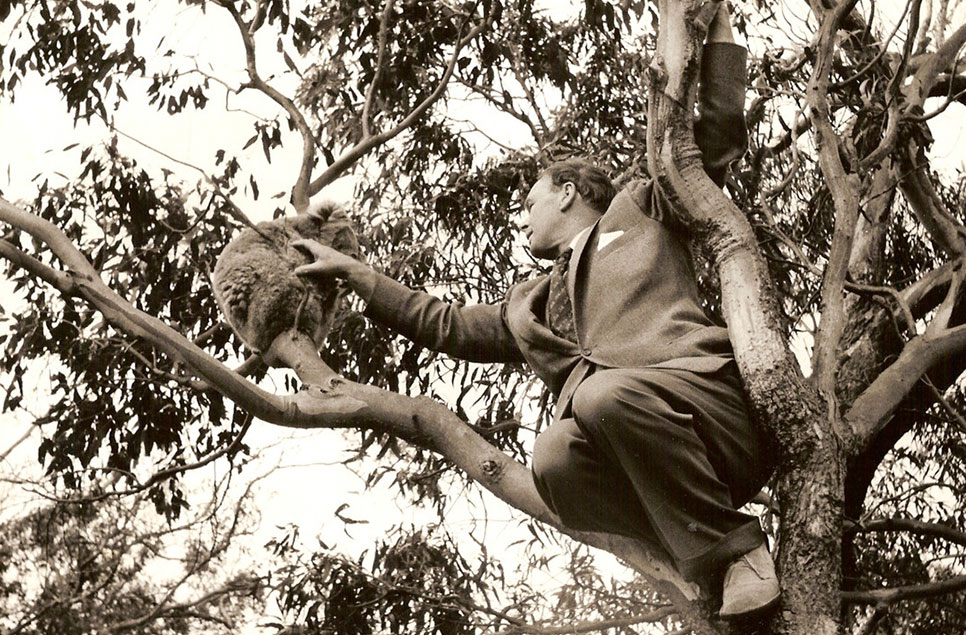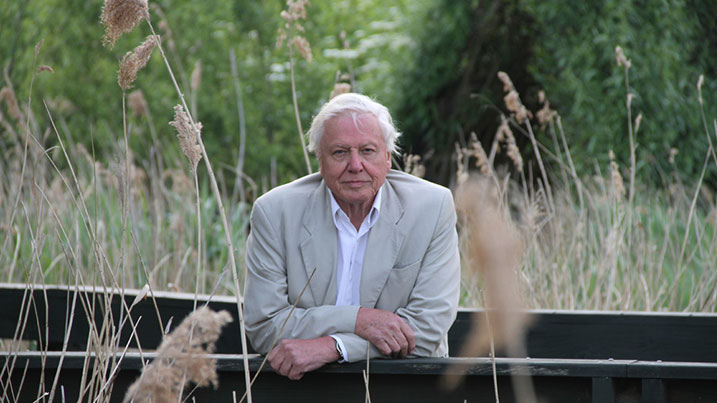Ten fascinating facts about WWT founder Sir Peter Scott
Discover the fascinating story of Sir Peter Scott's life and learn about some of his more unusual achievements and passions, from his interest with the Loch Ness monster to the fish that shares his name.

Sir Peter Scott was an extraordinary man. Not only was he a distinguished conservationist and ornithologist, he was also a celebrated painter and a successful sportsman and inventor. Discover the fascinating story of his life and learn about some of his more unusual achievements and passions, from his interest with the Loch Ness monster to the fish that shares his name.
- Sir Peter was named after Peter Pan, the character created by his godfather J M Barrie. J M Barrie’s christening gift to Peter was life membership of London Zoological Society.
- He was the only child of one of the world’s most famous explorers, Scott of the Antarctic, who in his last letter home before he died on his ill-fated mission to the South Pole, urged his wife to: “Make the boy interested in natural history”.
- He was an accomplished sportsman, winning a bronze medal at the 1936 Olympic Games for sailing, becoming the British gliding champion in 1963 and a national championship standard ice-skater.
- He was a co-founder and first chairman of the World Wide Fund for Nature and was responsible for creating WWF’s famous panda logo, as well as the WWT swan logo.
- As an inventor he designed the trapeze that racing crews use to hang from a sailing boat, the rocket net which catches birds and the camouflage used by British World War Two warships for which he received the CBE.
- He was an accomplished artist who had his first exhibition in London at the age of 24. His best-known painting: ‘Taking to Wing’ was printed 350,000 times as a picture and on Christmas cards and table mats.
- He was one of the first people to recognise the power of television in bringing wildlife into people’s homes and presented the BBC’s first ever natural history programme live from his Slimbridge home in 1953. He went on to become a popular television personality commentating on the Queen’s coronation and wedding. Sir David Attenborough sites Sir Peter’s pioneering TV career as his inspiration and calls him his ‘hero’ and the ‘patron saint of conservation’.
- He was a pioneering conservationist and was pivotal in work to secure agreements for an international moratorium on whaling in 1982 and the signing of the Antarctic Treaty. The Red Data List, that is still used today to record and categorise the conservation status of all known species, was his brain child. He became the first person to be knighted for services to conservation in 1973.
- He co-founded the Loch Ness Phenomena Investigation Bureau which was set up to study reported sightings of the Loch Ness Monster.
- In 1988, a coral fish, Cirrilabrus scottorum was named after him and his wife.


Long before words like biodiversity were coined, Peter looked out from that huge window in his house at Slimbridge and realised our lives are so linked with our natural world that we have to learn to love it and look after it.
David Attenborough
At WWT, our work to protect wetlands and their wildlife is inspired every day by the pioneering attitude and passion of our founder Sir Peter Scott. He is the DNA that runs through everything we do. Help us celebrate the life of this extraordinary individual and together, we can inspire the conservationists of tomorrow.



